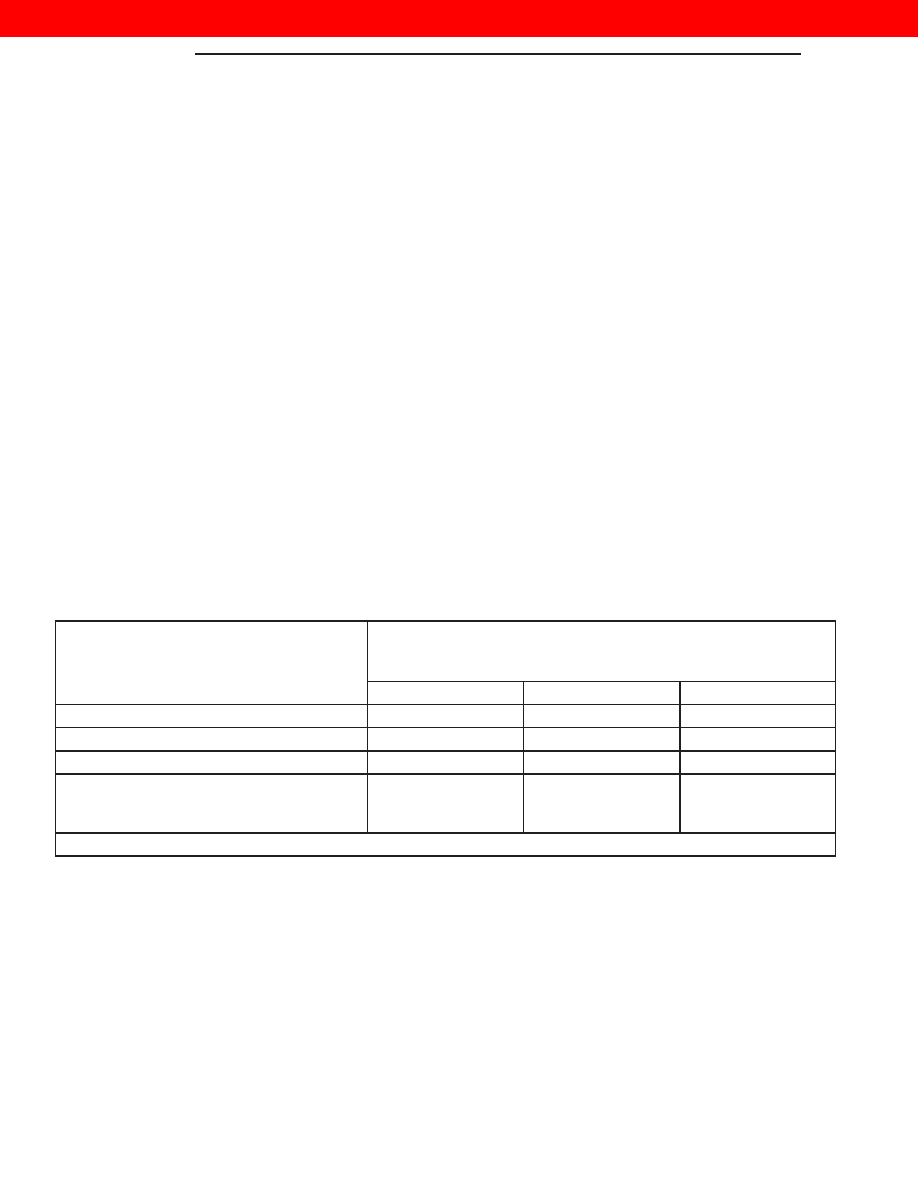Jeep Grand Cherokee WJ. Manual - part 86

SAFETY PRECAUTIONS AND WARNINGS
WARNING:
DO NOT ALLOW JUMPER CABLE CLAMPS TO
TOUCH EACH OTHER WHEN CONNECTED TO A
BOOSTER SOURCE.
DO NOT USE OPEN FLAME NEAR BATTERY.
REMOVE
METALLIC
JEWELRY
WORN
ON
HANDS OR WRISTS TO AVOID INJURY BY ACCI-
DENTAL ARCING OF BATTERY CURRENT.
WHEN USING A HIGH OUTPUT BOOSTING
DEVICE, DO NOT ALLOW THE DISABLED VEHI-
CLE’S BATTERY TO EXCEED 16 VOLTS. PER-
SONAL INJURY OR DAMAGE TO ELECTRICAL
SYSTEM CAN RESULT.
TO PROTECT THE HANDS FROM BATTERY
ACID, A SUITABLE PAIR OF HEAVY DUTY RUB-
BER GLOVES, NOT THE HOUSEHOLD TYPE,
SHOULD BE WORN WHEN REMOVING OR SER-
VICING A BATTERY. SAFETY GLASSES ALSO
SHOULD BE WORN.
BATTERY IGNITION OFF DRAW (IOD)
DESCRIPTION
A completely normal vehicle will have a small
amount of current drain on the battery with the key
out of the ignition. It can range from 5 to 25 milli-
amperes after all the modules time out.
OPERATION
If a vehicle will not be operated for approximately
a 20 days, the IOD fuse should be pulled to eliminate
the vehicle electrical drain on the battery. The IOD
fuse is located in the Power Distribution Center
(PDC). Refer to the PDC cover for proper fuse.
CHARGING TIME REQUIRED
DESCRIPTION
WARNING: NEVER
EXCEED
20
AMPS
WHEN
CHARGING A BATTERY WITH A TEMPERATURE
LESS THAN -1°C (30°F). PERSONAL INJURY MAY
RESULT.
The time required to charge a battery will vary
depending upon the following factors.
SIZE OF BATTERY
A completely discharged large heavy-duty battery
may require more recharging time than a completely
discharged small capacity battery, refer to chart
below for charging times.
OPEN CIRCUIT VOLTAGE
CHARGING
AMPERAGE AT
70°F (21°C) *
5 AMPS
10 AMPS
20 AMPS
12.25 TO 12.49
6.0 HOURS
3.0 HOURS
1.5 HOURS
12.00 TO 12.24
10.0 HOURS
5.0 HOURS
2.5 HOURS
10.00 TO 11.99
14.0 HOURS
7.0 HOURS
3.5 HOURS
BELOW 10.00
(Refer to
9
Charging A Completely
Discharged Battery”)
18.0 HOURS
9.0 HOURS
4.5 HOURS
* Charging voltage not to exceed 16.0 volts
TEMPERATURE
A longer time will be needed to charge a battery at
-18°C (0°F) than at 27°C (80°F). When a fast charger
is connected to a cold battery, current accepted by
battery will be very low at first. In time, the battery
will accept a higher rate as battery temperature
increases.
CHARGER CAPACITY
A charger which can supply only five amperes will
require a much longer period of charging than a
charger that can supply 20 amperes or more.
STATE OF CHARGE
A completely discharged battery requires more
charging time than a partially charged battery. Elec-
trolyte is nearly pure water in a completely dis-
charged
battery. At
first,
the
charging
current
amperage will be low. As water is converted back to
sulfuric acid inside the battery, the current amp rate
will rise. Also, the specific gravity of the electrolyte
will rise. The electrolyte should be tested with a
Hydrometer to check the specific gravity.
8A - 2
BATTERY
WJ
DESCRIPTION AND OPERATION (Continued)
2000 JEEP GRAND CHEROKEE